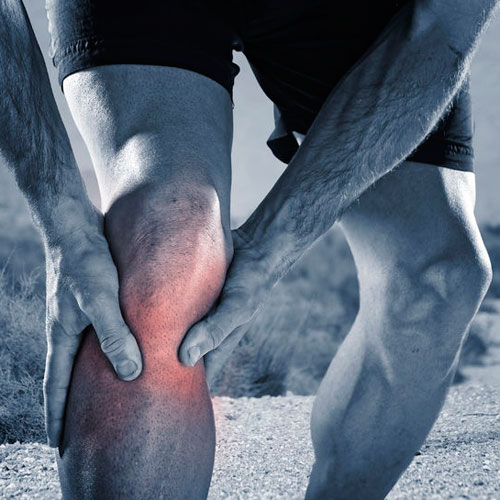Injury of the month: marathon injuries
With the London Marathon* approaching fast it’s a critical time for participants as they increase their running distances preparing for the gruelling 26.2 miles ahead. It’s a time when niggles may well turn into more significant injuries so it is key to be aware of some of the common injuries; how to spot them and what to do to try to avoid them progressing and ensure you get to the starting line but more importantly the finishing line!
Here are two of the main injuries we see related to marathon training:
Shin Splints
Shin splints is a bit of an umbrella and non-specific term which refers to pain in and around the shin. There are two main areas which cause problems.
Anterior shin pain located in the muscles at the front of the shin occurs when there is excess load in these muscles and they can become inflamed, as can the fascia (the surrounding tissue around the muscle). Typically this will be painful when pointing the toes and ankle up and during running, to the point where it can cause you to stop.
The other area is on the inside of the shin, MTSS (Medial Tibial Stress Syndrome). Again the muscles and the fascia become overloaded and inflamed and here the can affect the bone as well. The tension from the soft tissue can place load on the bone which then becomes inflamed and in more severe cases can lead to stress fractures.
Resting pain, pain at night and significant pain to touch the shin may indicate a more severe injury. Poor biomechanics, inappropriate footwear, tight calf muscles, poor stability and excessive training loads are contributing factors.
ITB friction syndrome / runner's knee
Although not exclusive to runners, the above pathology is seen mainly in runners and in particular longer distance runners. The actual cause of the pain itself is still uncertain but the consensus is that there it is from excessive friction between the tendon on the outside of the knee (Iliotibial Band tendon) and the structures underneath it attaching to the outside of the knee.
The friction is mainly caused at about 30 degrees of knee flexion which is the approximate angle the foot hits the floor when running. The pain is very well located to the outside of the knee, can be sharp and stabbing like. The pain often comes on after a specific time or distance of running and can be severe enough to cause you to stop. As it becomes more intense, it may even be painful to bend the knee and not just be painful with running.
Again, contributing factors can be, weak gluteal muscles, tight thigh and anterior hip muscles, poor running biomechanics, and inappropriate increase in training loads.
Treatment
For both of the above injuries it is important to get an early diagnosis as this will help prevent the injury from worsening. The quicker earlier intervention is implemented the better the chance that the injury can be managed for the rest of the training until race day.
A physiotherapist will be able to assess the injury and assess what the contributing factors are by having a detailed assessment of the body, the way it moves and also look at external factors such as training methods.
With not long to go, it may well be a case of reducing the training and substituting some runs with some rest and gym sessions to work on problem areas. Marathon runners often over train the running aspect and neglect the strength and gym work which is crucial to maintaining good biomechanics and reducing the load on sensitive structures.
As well as correcting any imbalances with hands on treatment, a physio will put together a rehab plan with exercises and self help advice to ensure all areas are covered.
As always, prevention is better than cure so if you'd like us to check out any issues or if you'd like a pre-marathon sports massage, call us on 02030 12 12 22 to make an appointment.
* Other spring marathons are available.
Words by Alex Manos.

